The Lebena Gerokampos Tholos Tomb is a significant archaeological site located in southern Crete, Greece. This well-preserved tomb from the Early Minoan period (3100-1900 BCE) provides a glimpse into the burial practices and social structures of the people who lived in this region during the Bronze Age. The tomb’s location, architecture, and artifacts offer valuable insights into the changing social dynamics and mortuary practices of the Prepalatial Minoans.
Location and Connections
The Lebena Gerokampos Tholos Tomb is on the south coast of Crete, near the modern town of Lentas, and close to the ancient Minoan settlement of Lebena. The nearby settlement of Lebena provides important context for the tomb, as it likely served as the burial site for the people who lived there. The broader region of southern Crete, including the Mesara Plain and the Asterousia Mountains, is known for its concentration of tholos tombs, indicating a shared mortuary tradition among the Prepalatial Minoan communities in this area.
Architecture and Assemblage
The tomb’s architecture is typical of tholos tombs, with a circular chamber built of large stones and a corbelled vault. The tomb also features several smaller chambers or annexes, which were added later. These annexes, along with the main tholos, served as spaces for burial and ritual activities.
The tomb’s assemblage is rich and diverse, containing a variety of artifacts that provide insights into the burial practices and social dynamics of the Prepalatial Minoans. Significant finds from the tomb include:
- Pottery: A large quantity of pottery, including pyxides, tankards, cups, and bowls, was found in the tomb. These vessels, often decorated with intricate patterns and designs, were likely used in burial rituals and as grave goods.
- Bones: The tomb contained the skeletal remains of numerous individuals, providing evidence of collective burial practices. The arrangement of the bones suggests that the tomb was used for multiple burials over a long period.
- Other artifacts: Other significant finds from the tomb include jewelry, tools, and figurines. These items offer further insights into the social status, daily life, and belief systems of the people who were buried in the tomb.
Site: Key Points
- Construction Period: Early Minoan I-II (c. 3100-2600 BCE)
- Location: Near Lentas, on the southern coast of Crete, close to the ancient Minoan settlement of Lebena
- Dimensions: Main tholos has an interior diameter of approximately 5 meters
- Historical Significance: Provides insights into burial practices and social structures of Prepalatial Minoans, contains a rich and diverse assemblage of artifacts
- Current Status: Well-preserved and protected archaeological site













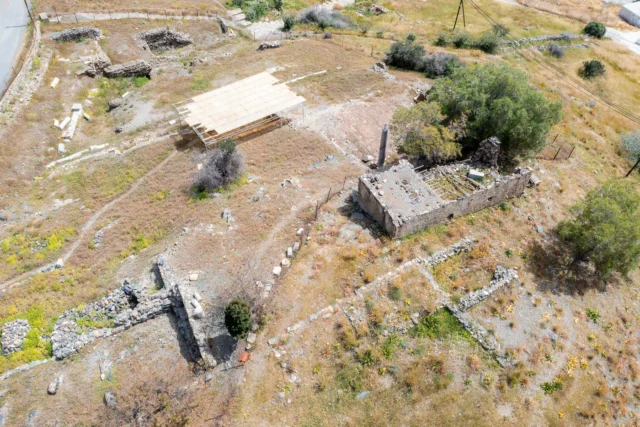

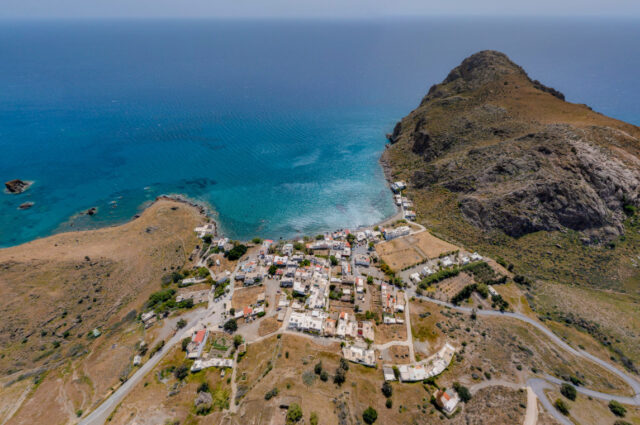


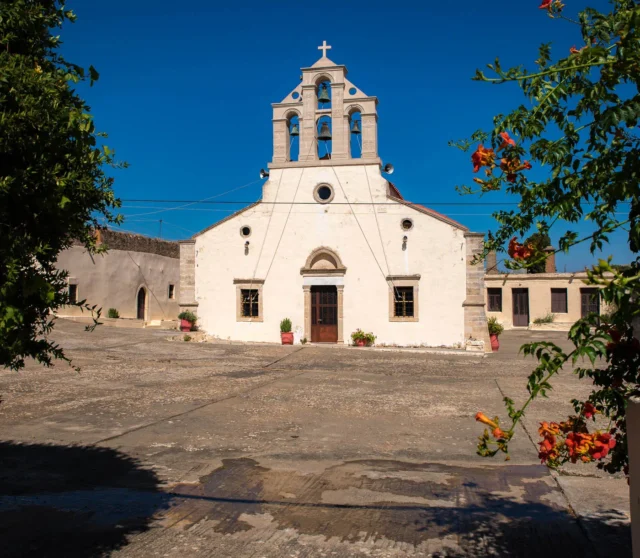


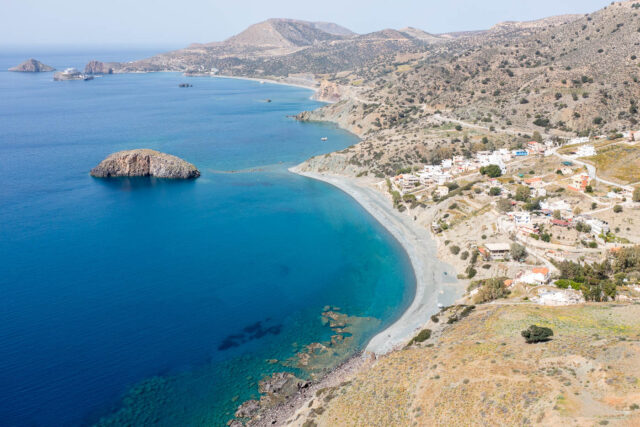
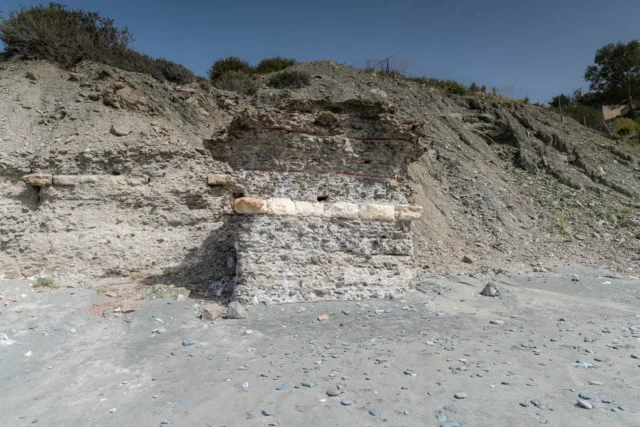
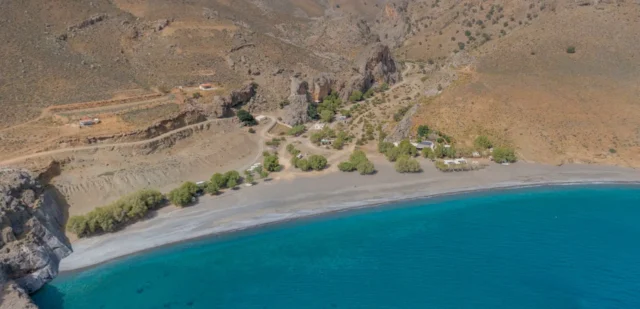


There are no comments yet.